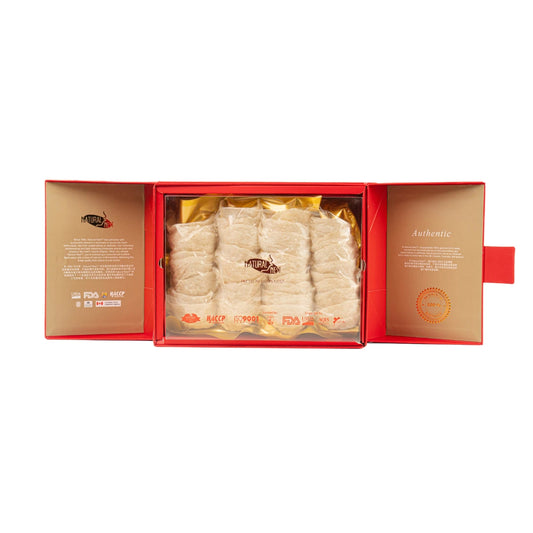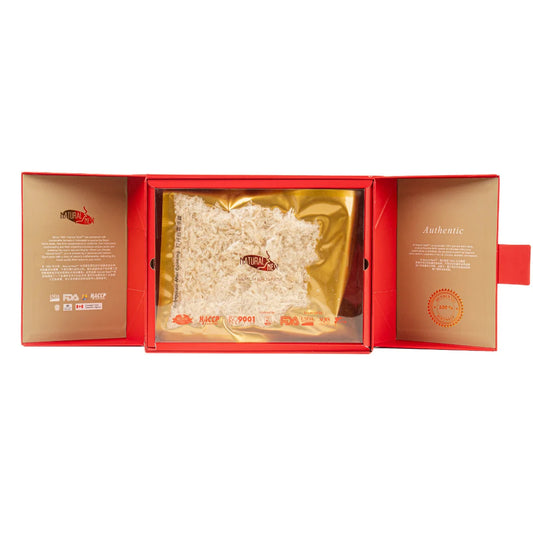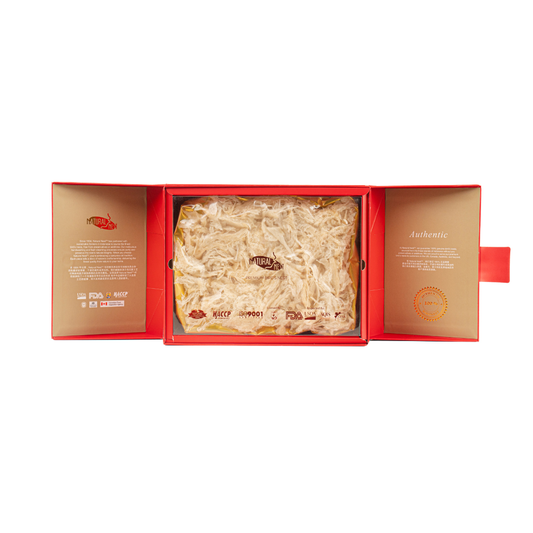Bird’s Nest Soup is a prized delicacy that has been consumed for centuries, particularly in East and Southeast Asia. Known for its luxurious status and purported health benefits, this unique dish is made from the edible nests of cave-dwelling swiftlets, primarily the Collocalia species. These nests are formed from the birds’ saliva, which hardens over time into a solid structure. But what makes this dish so special, and why is it both revered and controversial? In this article, we explore the origins, health benefits, and sustainability of Bird’s Nest Soup, shedding light on its fascinating history and its modern-day significance.
The Origins of Bird’s Nest Soup
The origins of Bird’s Nest Soup can be traced back over a thousand years to ancient China. It was first documented during the Tang Dynasty (618-907 AD), where it was considered a delicacy fit for emperors. The dish gained its place in Chinese imperial courts due to its rarity, complex harvesting process, and association with longevity and good health. Over the centuries, it spread to other parts of Asia, including Thailand, Malaysia, and Indonesia, where it became an essential part of traditional medicine.
The swiftlet nests used in Bird’s Nest Soup are harvested from caves and man-made structures, such as specialized birdhouses. Unlike most bird nests, which are made from twigs, leaves, and other materials, swiftlet nests are unique because they are constructed entirely from the bird’s saliva. After being harvested, the nests are cleaned and cooked into a delicate soup, often combined with rock sugar or other ingredients like chicken and ginseng to enhance flavor.
Health Benefits: Myth or Reality?
Bird’s Nest Soup has long been touted for its health benefits, particularly in Traditional Chinese Medicine (TCM). Some of the claimed benefits include boosting the immune system, improving skin elasticity, promoting respiratory health, and aiding digestion. The key reason for these claims is the presence of glycoproteins, amino acids, and collagen in the nests, which are believed to support cell regeneration and overall wellness.
While some research has suggested that Bird’s Nest Soup contains bioactive compounds that may benefit the skin and immune system, the scientific evidence is limited. The collagen and amino acids found in the nests are thought to help improve skin hydration and elasticity, which is why many people consume it for anti-aging purposes. However, more rigorous clinical studies are needed to confirm these claims.
That said, the soup is still considered a nutritious food. It contains protein, iron, and essential minerals, and can be a healthy addition to a balanced diet. In many Asian cultures, it is especially popular for post-natal recovery and is often given to new mothers as a restorative food.
Sustainability and Ethical Considerations
As the demand for Bird’s Nest Soup has grown globally, so too have concerns over the sustainability and ethics of nest harvesting. Traditional harvesting methods often involve collecting nests from caves, which can be harmful to swiftlet populations if not done responsibly. Overharvesting or disturbing the nests before the birds have finished building them can put stress on the birds and reduce their ability to breed.
In response to these concerns, more sustainable and ethical harvesting practices have been introduced. Some companies now use purpose-built birdhouses, which allow swiftlets to build their nests in a controlled environment. These nests are harvested only after they have been fully formed, and the birds are not harmed in the process. This approach helps ensure that the swiftlet population remains stable and that harvesting is done in an environmentally friendly way.
Another emerging trend is the development of lab-grown bird’s nests. These synthetic alternatives are designed to mimic the texture and composition of real nests while avoiding any harm to wildlife. Lab-grown nests are seen as a potential solution to meet growing demand while addressing ethical concerns surrounding traditional harvesting.
Conclusion: A Delicate Balance of Tradition and Innovation
Bird’s Nest Soup remains a fascinating and revered dish, deeply embedded in the culinary and medicinal traditions of Asia. Its rich history, purported health benefits, and unique flavor make it a sought-after delicacy. However, as the world becomes more conscious of sustainability and ethical practices, it is crucial for the industry to evolve. Whether through improved harvesting methods or the development of synthetic alternatives, the future of Bird’s Nest Soup depends on striking a balance between preserving its cultural significance and ensuring the well-being of the birds and the environment.
For those interested in this exotic dish, understanding its origins, benefits, and sustainability is key to appreciating its place in modern cuisine while supporting practices that protect the natural world.












